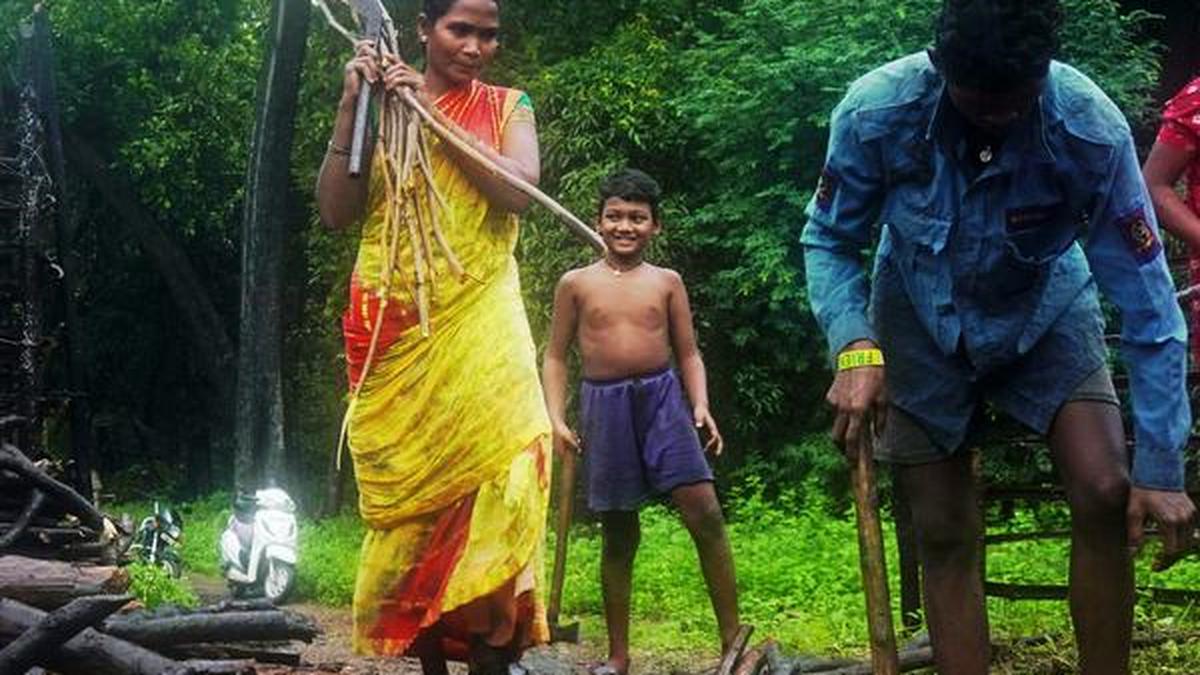In a poignant reflection of inequality, the tribes responsible for building a significant power project in Andhra Pradesh find themselves enduring harsh realities, far removed from the benefits of their labor. Despite the power project illuminating homes across the region, these communities remain in the dark, grappling with inadequate access to electricity, healthcare, and education.
Contrasting Development
The power project, celebrated as a milestone for regional development, stands in sharp contrast to the living conditions of these indigenous people. Their contributions were crucial to the project’s completion, yet their communities have been overlooked in the distribution of the benefits generated.
Advocacy and Slow Progress
The tribes have long advocated for improvements in their living standards, but progress has been slow. The disparity between the project’s success and the ongoing struggles of the tribes underscores a broader issue of development inequity and calls for urgent attention to address these disparities.
Insufficient Remedies
Efforts to remedy the situation have been insufficient, leaving the tribes to continue living in conditions that starkly contrast with the prosperity they helped create. This situation highlights the need for a more equitable approach to development that ensures the benefits reach all those involved.
Multiple-Choice Questions (MCQs):
- What is the primary issue faced by the tribes responsible for building the power project in Andhra Pradesh?
- A) Lack of employment opportunities
- B) Poor living conditions and inadequate access to essential services
- C) Disputes over land ownership
- D) Overexploitation of natural resources
- How has the power project impacted the region overall?
- A) It has led to a decline in local biodiversity
- B) It has illuminated homes across the region
- C) It has increased local unemployment rates
- D) It has caused a rise in pollution levels
- What contrast is highlighted in the reflection on the power project?
- A) The difference between urban and rural living standards
- B) The disparity between the project’s success and the tribes’ living conditions
- C) The gap between government and private sector contributions
- D) The contrast between different tribal communities
- What has been the response to the tribes’ advocacy for better living standards?
- A) Rapid and comprehensive improvements
- B) A lack of sufficient progress
- C) Immediate government action
- D) Increased funding for tribal development
- What does the situation of the tribes highlight about development practices?
- A) The need for more technological advancements
- B) The importance of environmental conservation
- C) The need for a more equitable approach to development
- D) The benefits of privatization of public services
